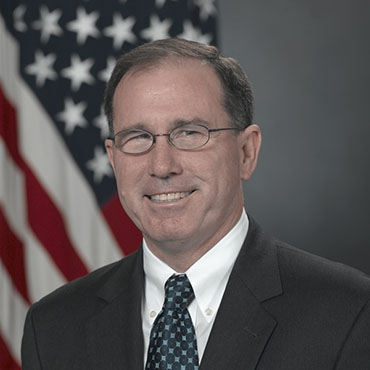U.S. intelligence challenged by technology, cyber

In what might be described as a State of U.S. Intelligence address, Undersecretary of Defense Michael Vickers said insecurity in cyberspace is on par with terrorism but IT can help with the challenge.

Undersecretary of Defense Michael Vickers said cyber threats are "increasing in frequency, scale, sophistication and severity of impact."
A day after President Barack Obama's State of the Union address, a top Pentagon intelligence official gave what might be described as a State of Intelligence speech describing U.S. advantages in the field as increasingly challenged by asymmetric threats.
Undersecretary of Defense for Intelligence Michael Vickers put insecurity in cyberspace on par with terrorism as the biggest immediate threats to U.S. national security -- and touched on how IT can help cope with those challenges -- in a Jan. 21 appearance at the Atlantic Council in Washington.
Cyber threats are "increasing in frequency, scale, sophistication and severity of impact," Vickers said, naming Iran and North Korea as nation states with emerging capabilities in cyberspace. "The range of threat actors, the methods of attack, the targeted systems and the victims who suffer from these attacks have also been expanding."
The former CIA officer listed a handful of technological challenges facing the intelligence community and the Defense Department: the wide availability of commercial imagery for intelligence gathering; new encryption methods that complicate U.S. spying; and advances in biometrics and supercomputing, the latter of which he said was also an opportunity for the IC.
Vickers' speech came a day after DOD's annual review of more than 40 defense systems found several "exploitable cyber vulnerabilities" on DOD networks -- such as misconfigured software, unnecessary network services and weak passwords. When asked to respond to the report, Vickers pointed to two vast interagency IT projects as possible solutions: the Joint Information Environment and the IC Information Technology Enterprise.
Both the IC and DOD are "moving to new information technology systems, much like the private sector is in terms of cloud-based systems," he said. Nonetheless, he added that the government needs to further develop the "intelligence infrastructure" to support U.S. Cyber Command's growing mission.
In a nod to what security analysts often refer to as the post-Snowden era, Vickers outlined plans to bolster background checks and systems for detecting insider threats from defense and intelligence employees. Those initiatives will take several years to implement, and he described them as governmentwide efforts involving the Office of Personnel Management, the Office of the Director of National Intelligence, DOD and other agencies.


